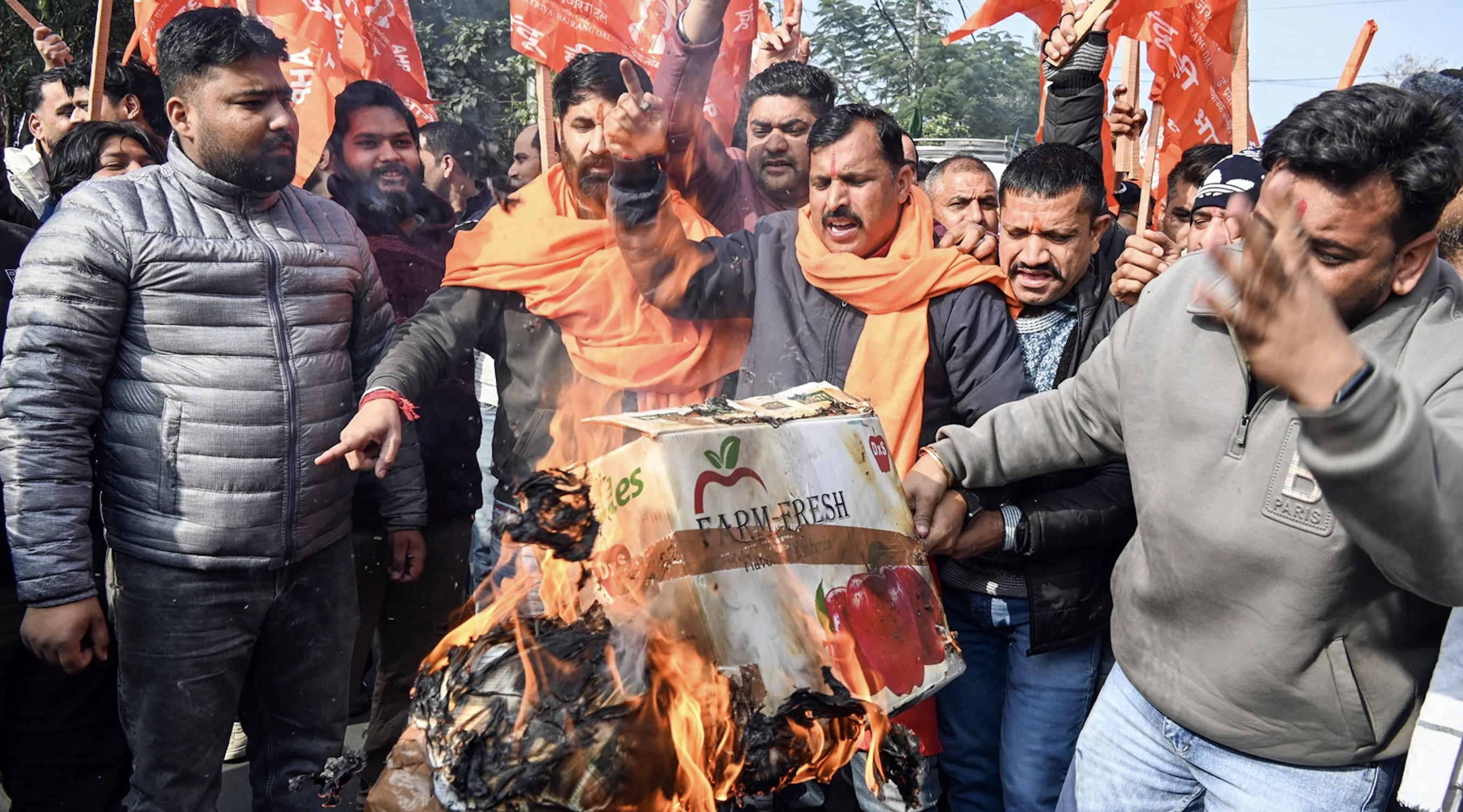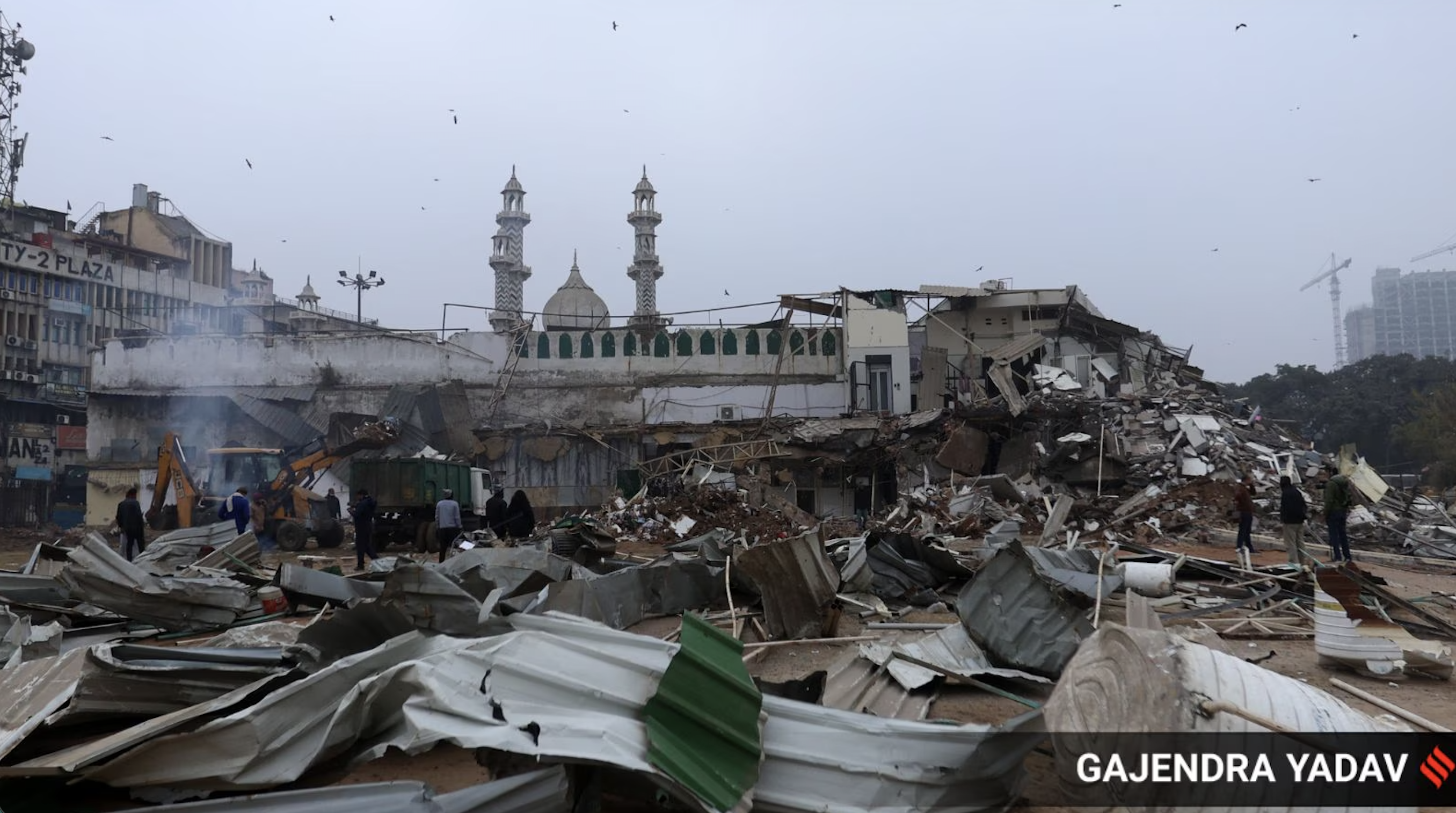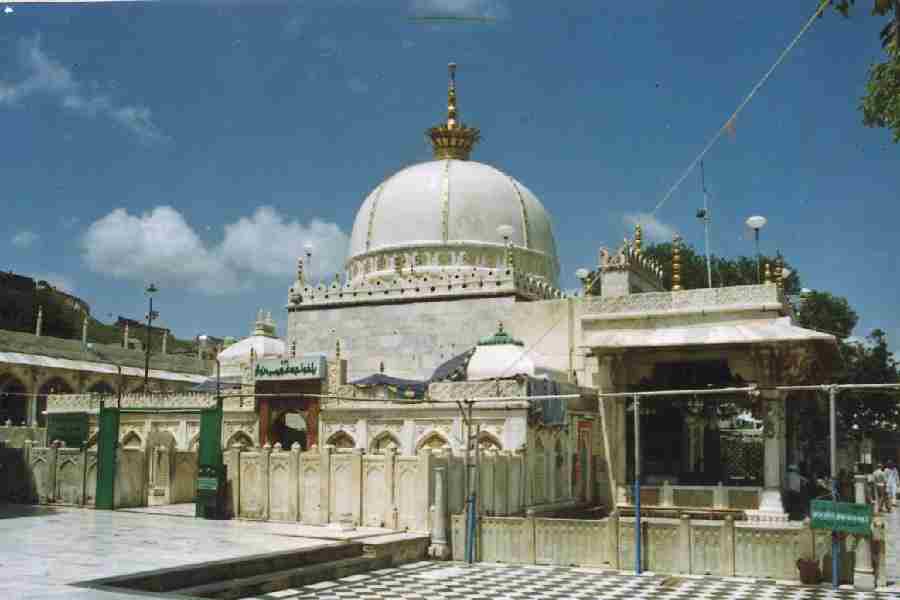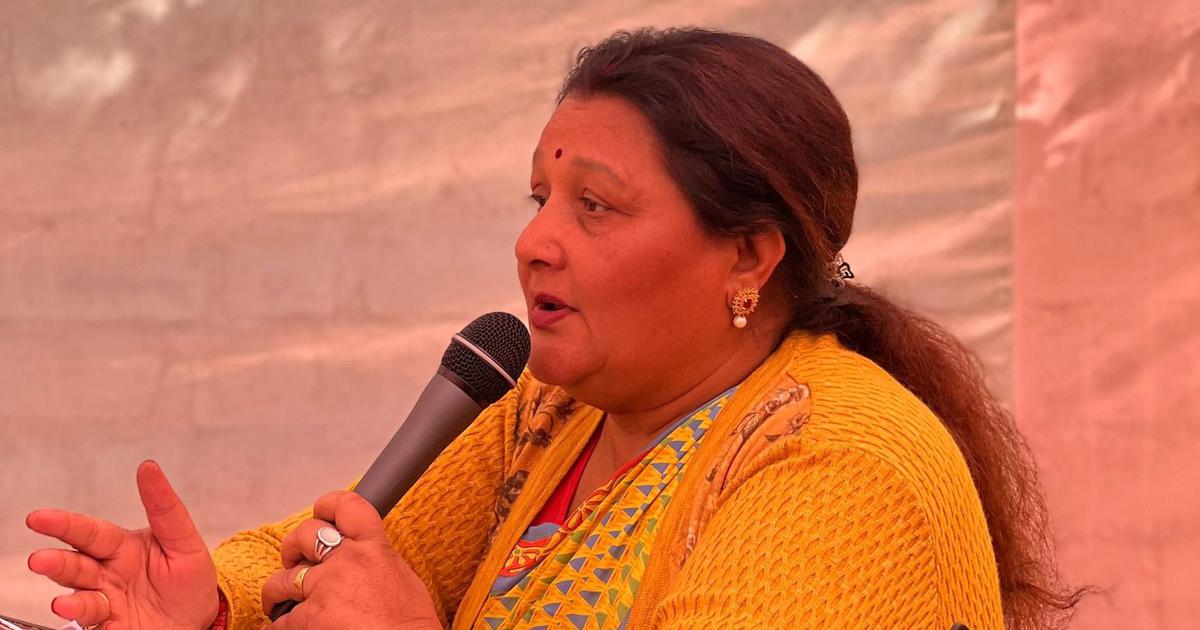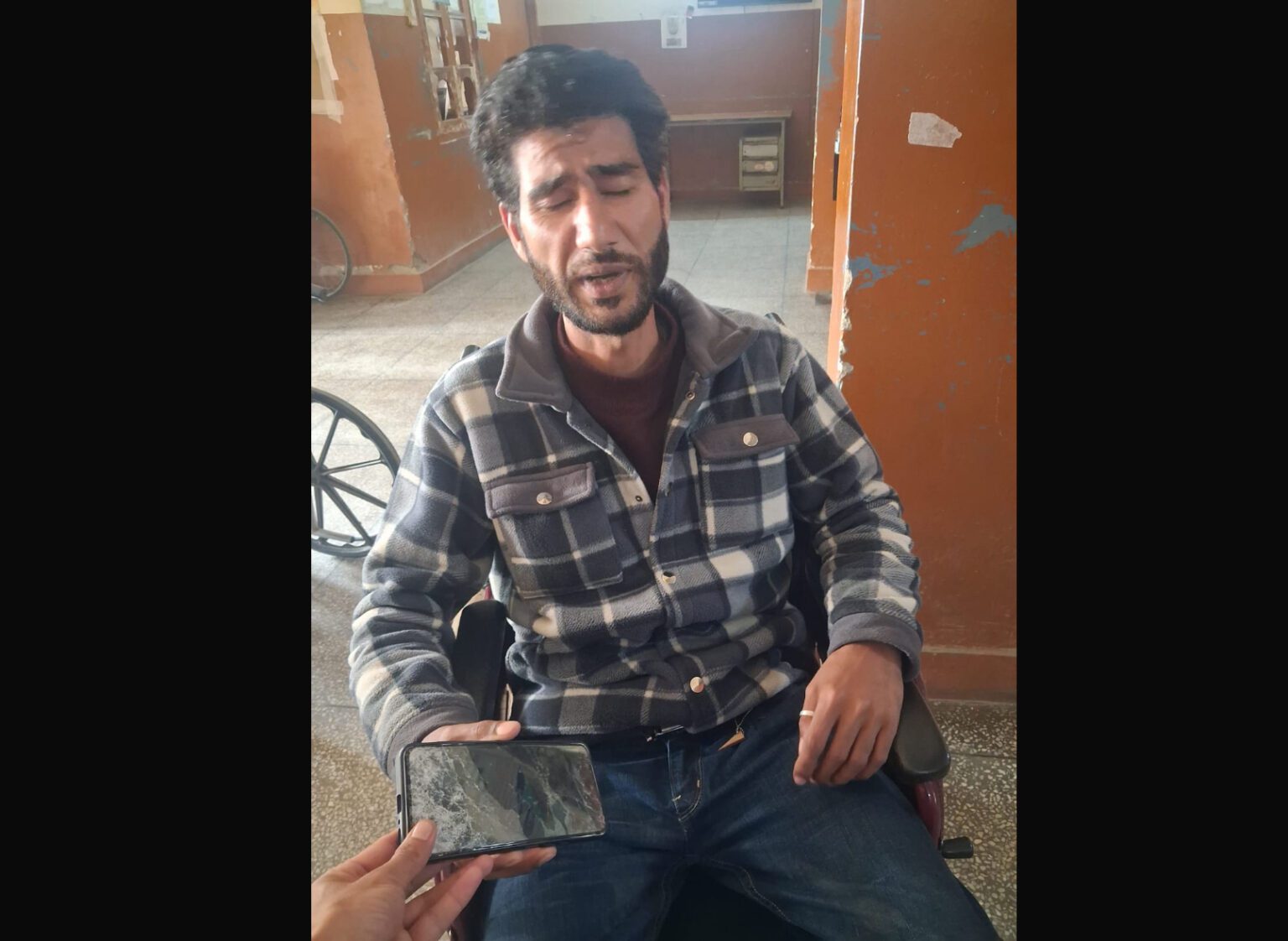Ismat Ara

New Delhi: Recently, the Delhi Police filed a chargesheet against 15 anti-Citizenship Amendment Act (CAA) protesters under FIR 59/2020 in the Delhi riots case. The chargesheet runs to over 17,000 pages with annexures. FIR 59/2020 had invoked 25 IPC sections, including murder, attempt to murder, rioting, as well as the anti-terror law – the Unlawful Activities (Prevention) Act (UAPA).
Because police investigators have worked on the theory that the riots were the product of a conspiracy by those opposed to the CAA, this most crucial chargesheet is silent about a WhatsApp group made during the Delhi riots – named ‘Kattar Hindu Ekta’, or Militant Hindu Unity – whose members boasted about killing Muslims and were full of praise for BJP leaders, including Kapil Mishra and his controversial speech made just before the violence began on February 23.
Instead, describing what it called a “large scale conspiracy” behind the February riots, the Delhi Police have named three other groups as being responsible for the violence: the Muslim Students of JNU (MSJ) group, of which JNU student Sharjeel Imam was a member; the Jamia Coordination Committee (JCC) headed by Jamia students Safoora Zargar and Meeran Haider and the Delhi Protest Support Group (DPSG) led by several well-known anti-CAA activists including members of United Against Hate, Not in My Name and Pinjra Tod: such as Rahul Roy and Saba Dewan, political activists Kavita Krishnan, Yogendra Yadav, Annie Raja, social activists Harsh Mander, Apoorvanand, Anjali Bhardwaj and N.D. Jayaprakash, trade unionist Gautam Mody, United Against Hate member Nadeem Khan and Khalid Saifi, Pinjra Tod member Natasha Narwal, and former JNU students Umar Khalid and Banojyotsana Lahiri.
Several of these members have been charged with UAPA such as Natasha Narwal, Khalid Saifi, former JNU student Umar Khalid, who was the latest to be arrested.
The chargesheet filed in June in the case involving the Hindu Kattar Ekta group – whose members actually exchanged messages that helped mobilise crowds to kill Muslims in the northeast region of Delhi – identifies 11 accused, nine of whom have been arrested and charged with murder, rioting with a deadly weapon and criminal conspiracy.
The Wire accessed 2,306 pages of chat in the DPSG WhatsApp group sent between December 28, 2019 and March 1, 2020. Compared to the Hindu Kattar Ekta group, which boasted of killing Muslims, this group – as was the case with the anti-CAA movement as a whole – spoke about non-violence and repeatedly stressed its belief in the Indian constitution. There is no evidence linking them to any specific act of violence. Despite this, several of its members have been charged under UAPA.
The chargesheet essentially holds the DPSG group responsible for the violence, calling its members “professional ideological deviants;” the members of the other two groups – the MSJ and JCC – are labelled “amateur student activists” but some of them have also been included in the police’s conspiracy theory.
Stark contrast between the two groups
Messages such as “Tumhare Bhai ne abhi 9 bje k krib b.vihar m 2 mulla mare hai (Your buddy has just killed two mullahs [derogatory word used for Muslims] in Bhagrirathi Vihar at around 9 pm)” and “Ganga Vihar, Gokul Puri, Jhoripur, In sab jagha gumha Hu. Or 23 mullao k sir faade hai (I have been to Ganga Vihar, Gokul Puri, Jhoripur. And burst open 23 mullahs’ [referring to Muslims] heads.)” did rounds on the Kattar Hindu Ekta group. The same day at 8:14 pm, a message boasted about burning down a madrasa, an institution for Islamic studies.
In the DPSG group, around a month before the riots, plans for Republic Day – January 26 – were being charted out. Members spoke of hoisting the national flag and making parchas to educate people about the CAA, a law they believed was discriminatory. Messages were drafted to encourage people to dress in tricolour and for women to wear bangles in the colours of the Indian national flag: orange, white and green. Several references to the Indian constitution were made.
A message for Republic Day read:
“If you believe in the constitution and its promise of Justice, Liberty, Equality and Fraternity to all its citizens irrespective of religion, caste, creed, gender, and sexual orientation. If you are concerned about the dilution of its principles by the CAA…if you wish to register your commitment to the integrity of the constitution, then come join your fellow citizens…”
As its name suggests, the overall purpose of the DPSG appears to have been to share information, create a database of creative content and news articles, providing live updates from the protest sites, verification of information about the anti-CAA protests, and sharing anxieties about police action and also relevant news articles and tweets.
A peek inside the DPSG chats
The very first message on the group, divided into two parts: “General comments” and “Immediate Plan of Action” gives a sense of what its purpose was. The message describes the discussion in the meeting among members of the group at the Indian Social Institute. It credits student unions for the success behind the spontaneous action in Delhi, referring to the anti-CAA protests. The tenth point in the message, sent by filmmaker Saba Dewan, clearly says, “There should be every effort made to try and make sure that the protests remain non- violent.”
Other points also talk about a possible reaction of the “State” to discredit the protesters by “lying,” “pitting Hindus against Muslims,” calling the protests an “urban naxal phenomenon,” and lastly by using force to crush [the protests]. It also calls the National Population Register (NPR) more dangerous than the National Register of Citizens (NRC), talks about representation in participation by farmers groups, worker unions, railway employees, bank employees and trade unions.
The first meeting of the DPSG members was held on December 26, 2019, after which the WhatsApp group was made, with Rahul Roy and Saba Dewan as the admins. The next was held on January 2, 2020, and then on January 11, and then again on January 22. A meeting was again called on February 3. Elaborate minutes of only the first meeting were posted on the group. The meeting of January 11 was described in a few lines by Rahul Roy. “The movement needs to stick with a clear demand of No CAA/NPR/NRC,” it declared. After each meeting, several new members were added to the group. On January 28, the group name was changed from “Delhi Protest Support Group” to “DPSG.”
The second part of the message, titled, “Immediate Plan of Action,” talks about attempting to ensure that there is minimum overlap between protests and teams, disseminating creative content on CAA/NRC, setting up delegations for meeting with non-BJP state leaders, creating a fact sheet on the NPR, making the news reports [on the protests] accessible. It also talks about sending a team to Karnataka and ends with the details of a new, upcoming meeting to be held on January 2, 2020.
Chakka jam or no chakka jam?
While the police have built their narrative around the claim that the DPSG group plotted the ‘chakka jaam’, or road block, at Jaffrabad knowing well that it would result in violence, the archive of WhatsApp messages appended to the chargesheet itself establishes that this could
not have been the case.
For one, it is evident that the DPSG was not organising or directing the protests, least of all at Jaffrabad. The WhatsApp messages show the DPSG was clearly reacting to the events as they were unfolding. Several members of the group vocally stood against the idea of a ‘chakka jam’, one member blamed another for supporting the idea of a road block but none of the members’ messages indicate any support for the ‘chakka jaam’.
One member, responding to an appeal that asked people to mobilise to block both sides of the road, said, “Please note that this is a self-defeating move. The attempt to create another Shaheen Bagh at ITO is sheer adventurism. ‘Chakka jam’ is no way to carry on a movement. It is a long-drawn struggle; ways and means to generate public opinion should be the strategy. Any action that tends to generate public anger should be shunned.”
Another member asked, “What’s the point we are trying to make with this blockade? Public opinion will shift very rapidly if this blockade continues even for one day.” Another message read, “It is vital to keep one side of the road open for free flow of traffic.”
Another message by a local protester clearly stated, “Locals from any protest sites are not willing to block the road because they are locals, and they will suffer. But some outsiders who claim to facilitate the protests, are planning to block the roads…we want non-violent protests. We can’t allow roadblock plans.”
It is clear from the messages that a debate was going on whether a ‘chakka jam’ was the right move. But there is no evidence in the voluminous chargesheet that linking the group’s members with the actual ‘chakka jam’. Far from uniformly pursuing any one line, the chats
show there was confusion rather than clarity about what was happening in the group a day before the riots broke out.
The group members also discussed, several times, ways to avoid violence. A message by Rahul Roy in the group states: “Besides the warning about possible violence that this regime may want to spark, we need to come up with some ideas on what people can do. If peaceful and yet assertive response ideas are on the table then the chances of violence will reduce…”
The Delhi police has, however, completely ignored the multiple calls for peace and non-violence given in the group. In a flow chart, the Delhi police calls the DPSG group “Remote supervisors” and “leaders of site but from outside” of the Shaheen Bagh protests and “local
leaders” of several other protest sites such as Khureji in northeast Delhi.
The chargesheet reads: “In pursuance and furtherance of common conspiracy members of JCC were alerted to start preparations for escalating the 24*7 sit in protest to higher level by completely blocking the traffic at pre-designated spots i.e. Chakka Jaam and then engineering riots by inciting violence.”
Messages on the group debating the wisdom of the locals blocking the road have been construed by the Delhi police as, “Road block and plan of inciting violence,” even though nowhere do the chats establish that DPSG as a group is organising or even advocating a ‘chakka jam’ that the police believe led to the violence.
From the messages, it appears that the two most important goals of the group were to build consensus among different protest groups and shape public opinion through the media.
Umar Khalid, called one of the “key conspirators”, hardly sent two to three messages on the entire WhatsApp group. On January 1, members of the group took an oath to “defend the constitution.”
The difference in the intensity of the charges on the members of the two groups: one made by the anti-CAA protesters and another by pro-Hindutva men, hints at the selective nature of the Delhi Police’s investigation into the Delhi riots and raises several questions on the nature of the investigation.
This story first appeared in ‘The Wire’ on September 26, 2020 here.


